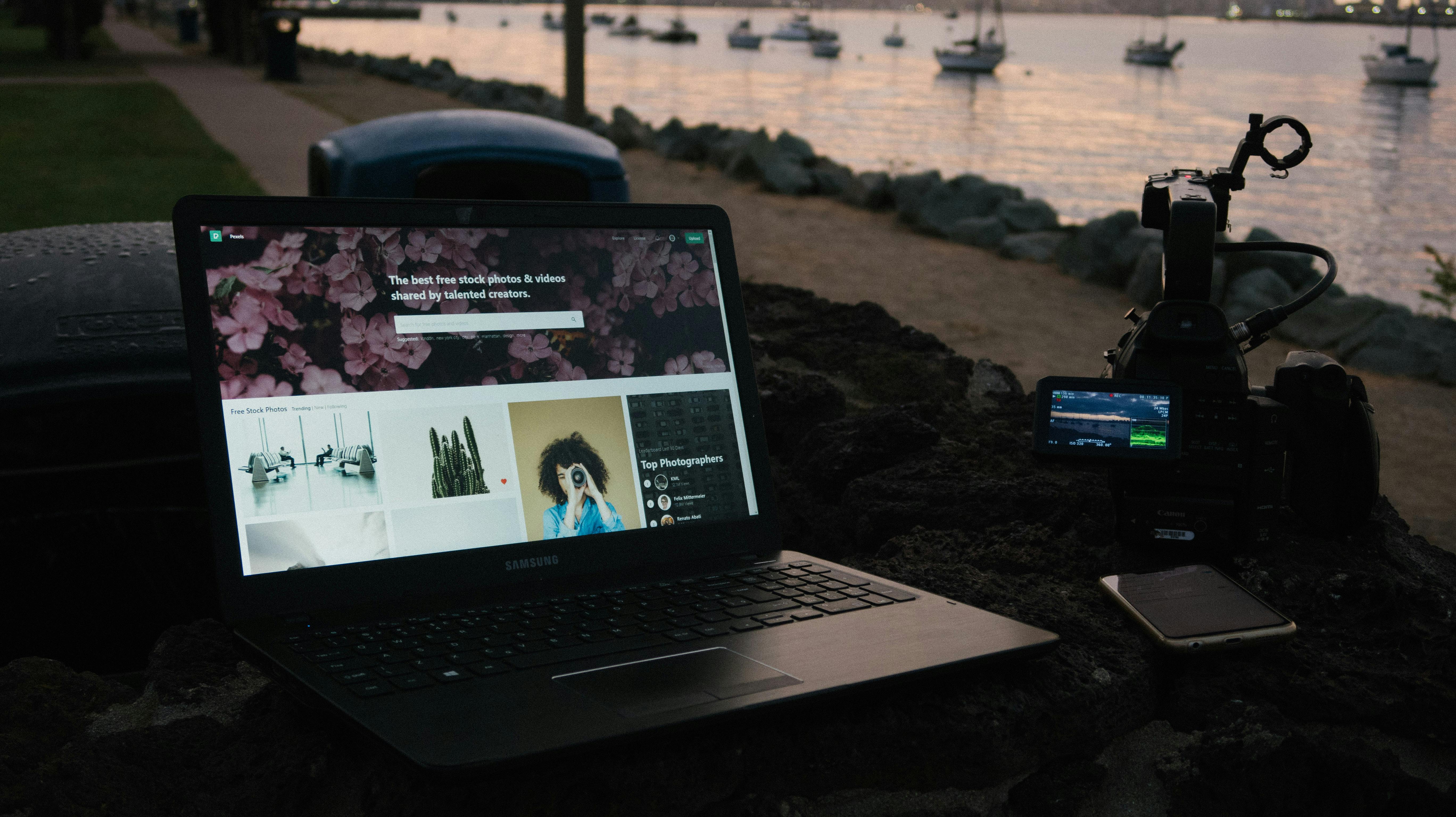
Microfranchises and economic self-sufficiency
admin
- 0
Where does the microfranchise fit in with other poverty alleviation methods? Stephen W. Gibson, founder of the Academy for Entrepreneurship, has developed the ‘Economic Self-Sufficiency Development Spectrum’, which categorizes and identifies different means of alleviating poverty. This spectrum helps us answer the previous question about microfranchises, and it is from this spectrum that the ideas presented below originate. Therefore, credit must be given to Mr. Gibson.
The spectrum divides poverty alleviation activities into two main categories: those that create dependency and those that promote economic self-sufficiency.
Poverty alleviation methods that create dependency
The three activities that generate dependency are ‘bringing services, goods or people to the poor’. This would include actions like doctors and dentists bringing in medical services, organizations carrying goods like food or clothing, and summer field trips that take people and students to work on things like building orphanages or homes.
All of these means are important in the right circumstances, such as disaster relief. If a natural disaster strikes that leaves thousands without shelter or food, then all of these activities are necessary to save lives. Food, water, and supplies must be brought in, workers must come to help rebuild, and professionals must attend to provide necessary medical care.
On the other hand, these same activities can be less effective if not carried out in the right circumstances. This is because, in many cases, these types of methods create dependency on people by providing what they need rather than helping them learn to produce it themselves. It is reminiscent of the old adage that if you give a man a fish, he eats for a day; If you teach a man to fish, he eats his whole life.
These methods can not only be less effective, but they can also be subtly destructive to the relief they are intended to promote. Take for example a small village, where a beginning entrepreneur is trying to grow a business by selling clothes that she and her family have learned to make. This entrepreneur may be on the way to financial self-sufficiency, being able to support her family with the work she does. But what happens when a “help” group comes in, bringing lots of old clothes they have collected to give away? With no more demand for her job due to the flood of free clothes, this entrepreneur now has no way to earn a living and is out of business. She, with the rest of the village, has become dependent on the charity of the “aid” group.
Poverty alleviation methods that promote economic self-sufficiency
Activities that seek to promote economic self-sufficiency among those living in poverty can be seen as a logical progression. The first activity is microcredit, which is the act of lending money to the poor. This is reasonably followed by microfinance, which is the activity of providing financial services to the poor. Both are most effective by including the third activity in the progression, microenterprise development, which seeks to empower the poor to develop their own businesses.
The great benefits that have been seen as a result of these three methods can hardly be disputed; They have literally lifted thousands of people out of poverty and placed them in a position to support their families. However, these methods have only just begun to solve the enormous problem of world poverty.
The next step in the progression, which aims to reach more people trapped in poverty than previously possible, is the microfranchise, or the activity of providing proven business models to the poor. In this way, they can take a model and process that has already been proven to work and use it to help them overcome poverty.
By incorporating microfranchises into these poverty alleviation methods, it will be possible to reach a much larger number of people living under the constraints of poverty. What we need are companies and organizations that start to think in this way so that this strategy can be fully implemented.

